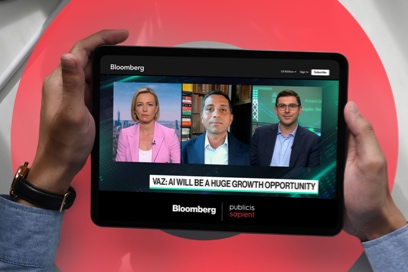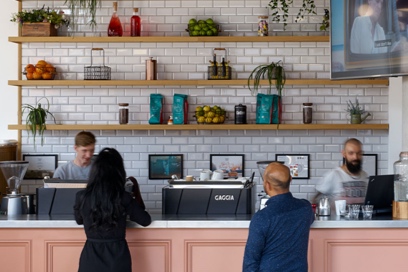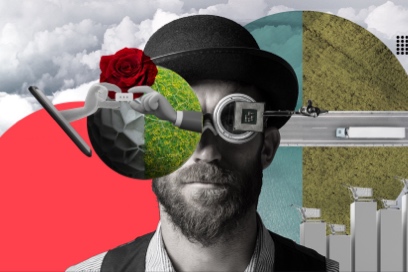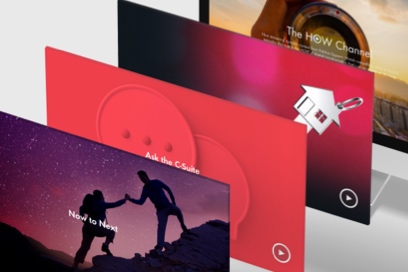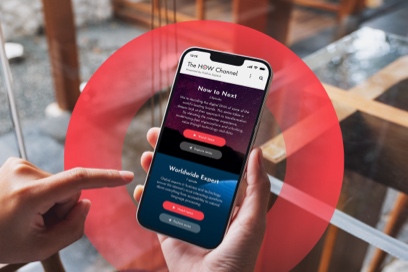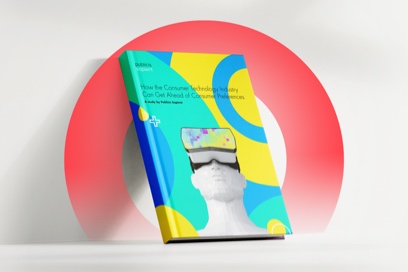PSX: How has the work at Publicis Sapient Toronto changed over the years with respect to creating experiences?
Eiko Kawano and Chad Borlase of Publicis Sapient Toronto respond:
The concept of “experience” has really changed. In the past, the term was sometimes synonymous with UX; there was a sense that a specific discipline or skillset “owned” the experience. Today, the experience comes from a diverse, cross-disciplinary team, and what that team creates together. The power of collaboration can’t be overstated – both in terms of how our culture has shifted and in the quality of what we make.
PSX: What are other big shifts you’ve seen in the past five-ish years?
EK/CB: We see four big shifts today:
- CX vs UX
- Accessibility
- Dataful
- Design systems
Let’s double-click on them to go deeper:
CX vs. UX
The aspiration to design customer journeys as opposed to individual channels is nothing new. But now, we as an industry have finally matured to the point where we’re able to actually do it. Many of the clients we work with have a tremendous appetite for understanding the “big picture” customer journey. And they’re ready to break down barriers across touchpoints and channels that have prevented it in the past. As designers, this shift gives us so much more scope and impact.
Accessibility
The Toronto office has a hub of incredibly engaged designers and developers who have established a center of excellence for creating accessible experiences over the past few years. Much of their expertise was grown from the bottom up, and today, our designers make experiences accessible by default. They share a belief that Accessibility is simply the right thing to do. It’s not just a compliance issue to be checked off a list.
Dataful
We’re having fascinating conversations about the intersection of data and design that go beyond what it means for the customer. Our focus is also on how our data and design teams work together. This lays the foundation for a powerful conversation with a client because the work we do is driven by tangible insights that can be measured and iterated upon. And, at the same time, we’re creating a culture of learning, experimentation and yes, sometimes failure – which is invaluable when it comes to innovation.
Design Systems
As our clients’ digital channels continue to mature, and as teams participating in the creation of those channels grow and transcend geographies, design systems have become the foundation of scalable experiences. For example, we run a design system that powers six brands on one of our accounts. We’re big fans of finding new ways to be systematic about design, constantly iterating on various approaches. Design systems that create cohesion across digital and physical channels excite us and motivate what we do. We’re always working toward creating harmony among all mediums.
